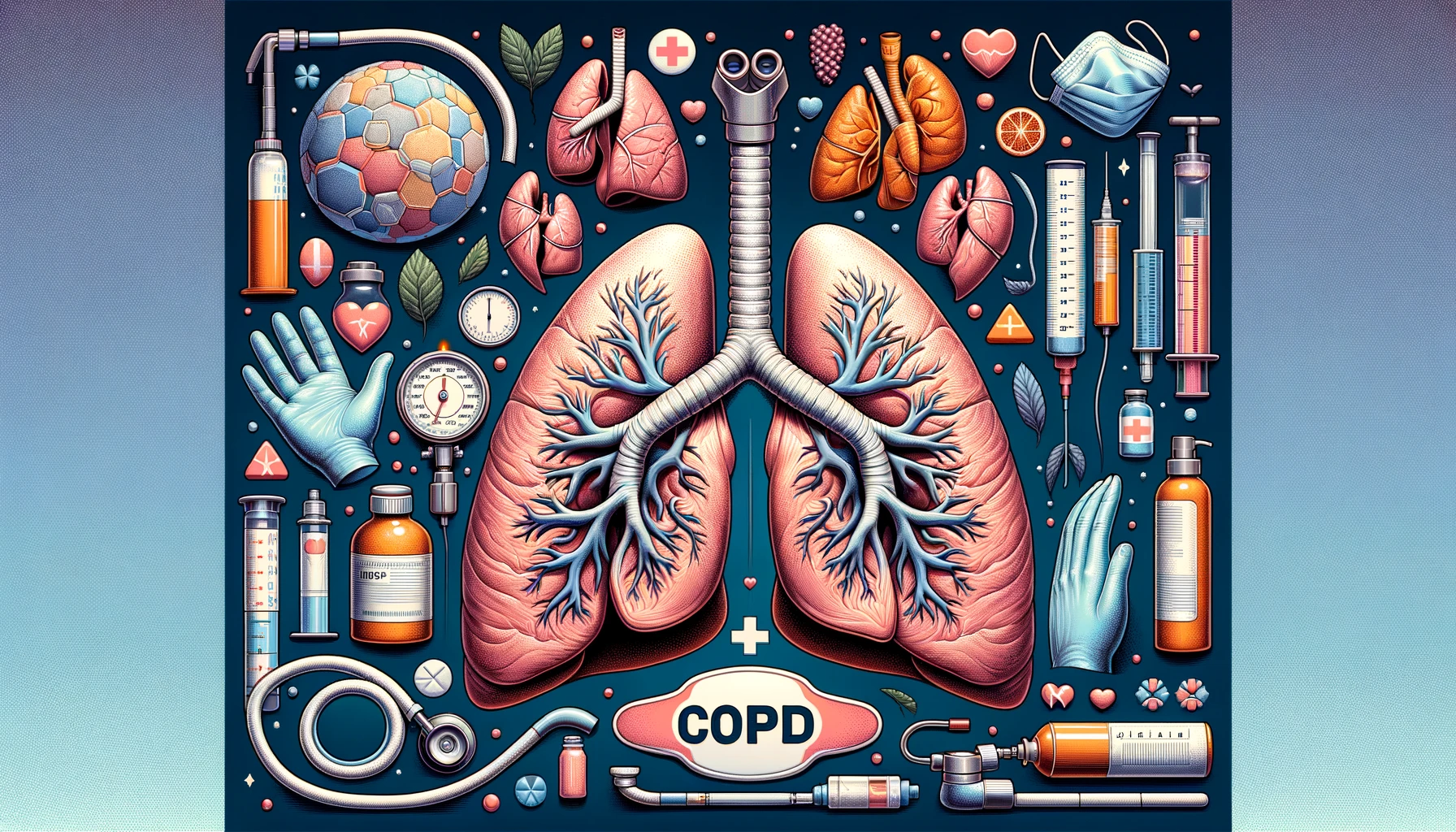Asthma is a complex condition involving airway inflammation, hyperresponsiveness, and genetic factors. Learn about its mechanisms, triggers, and advanced therapies for effective management.

Blog
Understanding Asthma Pathogenesis: Mechanisms, Triggers, and Therapeutic Advances
Asthma, affecting over 260 million people globally (WHO, 2023), is a chronic inflammatory condition of the airways characterized by wheezing, coughing, and shortness of breath. Understanding the pathogenesis of asthma—the processes leading to the disease—offers critical insights into effective management and treatment. This blog explores the mechanisms, immune responses, genetic predispositions, and targeted therapies addressing asthma pathogenesis.
Airway inflammation is the hallmark of asthma pathogenesis. Exposure to allergens (e.g., dust mites, pollen), pollutants, or infections initiates an immune-mediated response. Key processes include:
Allergen exposure activates mast cells and T-helper type 2 (Th2) lymphocytes, leading to the release of inflammatory mediators like histamines, cytokines, and leukotrienes.
Eosinophils and neutrophils infiltrate airway tissues, causing swelling, mucus hypersecretion, and airway obstruction.
Persistent inflammation results in airway remodeling, leading to long-term structural changes such as fibrosis and muscle hypertrophy.
Airway hyperresponsiveness (AHR) is an exaggerated narrowing of airways triggered by allergens, cold air, or exercise. Studies indicate that AHR is driven by:
Inflammatory mediators cause bronchial smooth muscles to contract excessively, increasing airway resistance.
Long-term inflammation results in airway thickening, which worsens hyperresponsiveness.
Immune cells orchestrate the inflammatory cascade in asthma. Their roles include:
Upon allergen exposure, mast cells release histamine and prostaglandins, causing bronchoconstriction and airway inflammation.
High eosinophil counts are associated with severe asthma. They release toxic granules that damage epithelial cells and worsen inflammation.
Th2 cells produce cytokines like IL-4, IL-5, and IL-13, driving IgE production and recruiting eosinophils.
Environmental triggers significantly influence asthma pathogenesis, particularly in genetically susceptible individuals. Key triggers include:
Dust mites, pet dander, pollen, and mold are common triggers that exacerbate symptoms.
Exposure to fine particulate matter (PM2.5) and tobacco smoke increases asthma incidence, especially in urban areas.
Viral infections (e.g., rhinovirus) are associated with asthma exacerbations in children and adults.
Genetic predisposition plays a critical role in asthma pathogenesis. Studies have identified key genes, such as:
This gene influences airway remodeling and smooth muscle proliferation, increasing asthma susceptibility.
These genes regulate the production of IgE, a key mediator in allergic asthma.
GWAS have identified over 50 genetic loci linked to asthma risk, emphasizing its hereditary nature.
Targeted therapies are transforming asthma management by addressing specific pathways in its pathogenesis. These therapies include:
ICS reduce airway inflammation and are the cornerstone of asthma treatment.
Monoclonal antibodies targeting IL-5 (e.g., mepolizumab) and IgE (e.g., omalizumab) significantly improve outcomes in severe asthma.
Short- and long-acting bronchodilators relieve symptoms by relaxing airway smooth muscles.
A recent case study from the American Journal of Respiratory Medicine reported a 45-year-old patient with severe eosinophilic asthma. After failing conventional therapies, the patient was administered mepolizumab, an IL-5 inhibitor. Over 12 months, exacerbations reduced by 70%, and lung function (FEV1) improved by 15%, highlighting the effectiveness of targeted biologics.
Asthma is a complex, multifactorial disease driven by airway inflammation, hyperresponsiveness, and genetic factors. Understanding its pathogenesis has enabled the development of effective therapies that target specific mechanisms, improving patient outcomes. Ongoing research into genetic markers and immune pathways will further enhance treatment strategies, bringing us closer to personalized asthma management and improved quality of life for patients.
HealthOK Global offers comprehensive elderly care services to ensure the dignity and safety of seniors. Our expert caregivers provide personalized support, from routine health checks to emotional well-being assistance. Contact our FREE 24 x 7 Healthcare Helpline at +91-8047190955 for immediate support and assistance.
Stay connected with us and never miss an update by following us on social media! Our social channels are the perfect place to get the latest news, expert tips, and exclusive insights tailored just for you. Whether you're looking for health advice, product updates, or inspiring stories, we’ve got it all. Join our growing community on platforms like Whatsapp Facebook , LinkedIn and Instagram and be part of the conversation. Click the follow button today and stay informed, inspired, and engaged—right at your fingertips!
Airway inflammation is the hallmark of asthma pathogenesis. Exposure to allergens (e.g., dust mites, pollen), pollutants, or infections initiates an immune-mediated response. Key processes include:
Airway hyperresponsiveness (AHR) is an exaggerated narrowing of airways triggered by allergens, cold air, or exercise. Studies indicate that AHR is driven by:
Immune cells orchestrate the inflammatory cascade in asthma. Their roles include:
Need Personalized Health Guidance?
Get expert advice tailored to your specific health needs from our qualified healthcare professionals.





